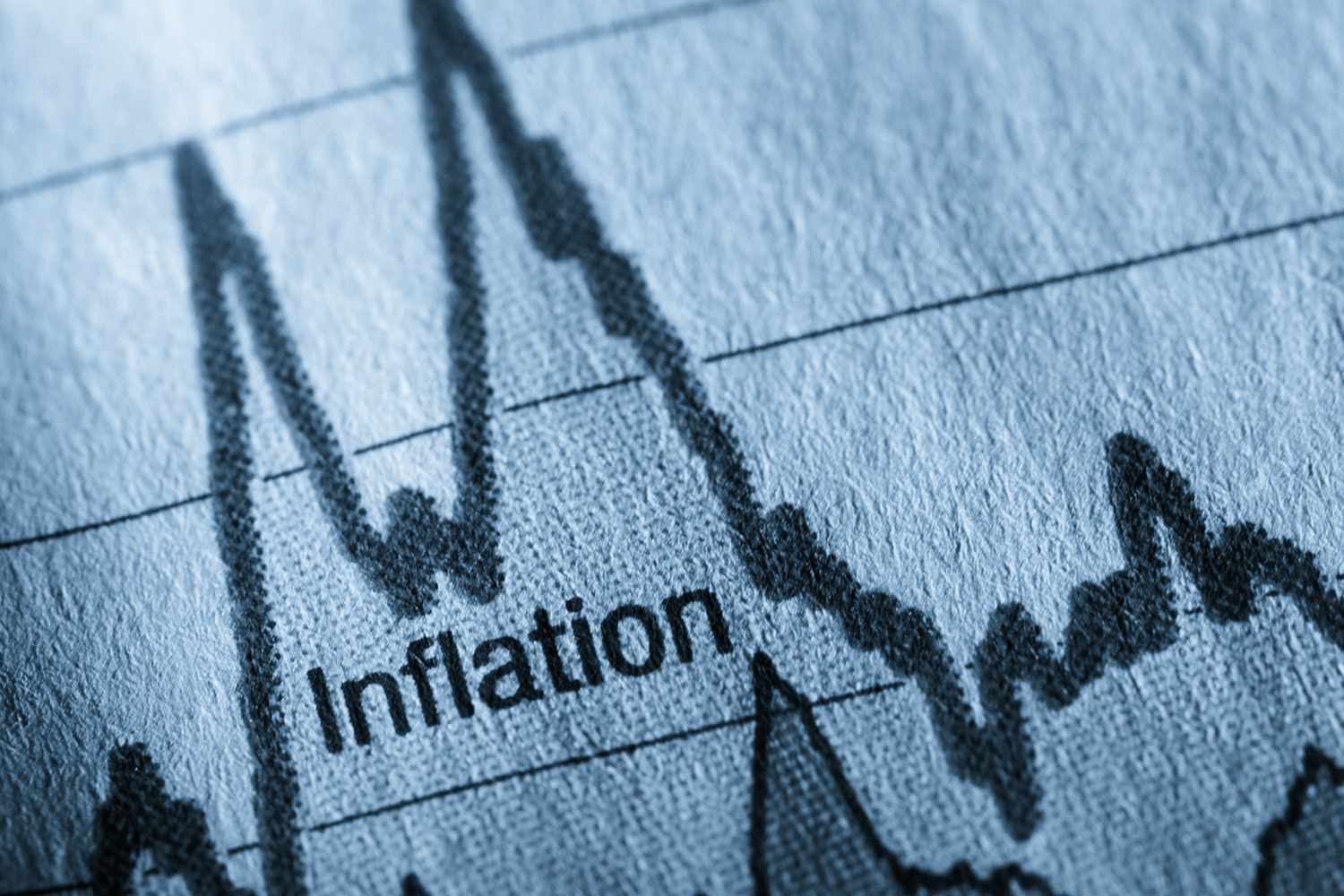
Understanding the Value Behind the Numbers
Money doesn’t stand still. Over time, its value shifts depending on prices, wages, and economic changes. Inflation is one of the forces that quietly shapes what your savings and investments are really worth. When inflation rises, every dollar buys a little less. That simple fact can have a big impact on financial planning and decision-making.
Most people feel inflation in their daily lives—at the grocery store, gas pump, or through rent increases. But fewer consider how it affects what they’ve saved for the future. A bank account that earns less than inflation may look stable on paper, yet lose real value year after year. That’s why it matters to understand how inflation works.
Recognizing inflation’s role in long-term finances helps you prepare better. Whether you’re planning for retirement, saving for college, or just building an emergency fund, adjusting for inflation can make the difference between growth and erosion.
The Hidden Erosion of Cash Savings
Keeping money in a regular savings account may feel safe, but it often comes with an unseen cost. If inflation grows faster than your interest rate, your savings lose buying power. That means the same amount of money will buy fewer goods and services in the future.
For example, if your account earns 1% per year and inflation is at 4%, you’re effectively losing 3% of value annually. Over time, that gap adds up. After several years, the value of your savings may drop significantly, even if the balance appears unchanged.
This doesn’t mean you should avoid saving. Emergency funds and short-term goals still belong in low-risk accounts. But for longer-term money, exploring options that outpace inflation becomes key to protecting your financial future.
Inflation and Fixed Income Investments
Some investments offer steady payments, like bonds or fixed annuities. While these tools provide stability, they’re vulnerable to inflation. A fixed return doesn’t adjust for changing prices, so its value may drop over time, especially during inflation spikes.
Consider a bond that pays $500 a year. That $500 may cover fewer expenses next year if inflation rises. The real return—the amount your investment earns after accounting for inflation—shrinks as the cost of living grows. In high inflation periods, even secure investments can underperform.
Investors often respond by looking for bonds that adjust with inflation, like Treasury Inflation-Protected Securities (TIPS). These instruments increase in value with inflation, helping preserve purchasing power. While not perfect, they offer a cushion against the erosion that affects traditional fixed-income tools.
The Role of Stocks in Inflationary Periods
Stocks can respond differently to inflation. Some companies pass higher costs to customers, which may help their earnings keep pace. Others struggle as raw materials or wages rise. Overall, equities have the potential to outpace inflation over time—but they come with risk.
During certain inflationary periods, stocks have outperformed other asset classes. Businesses in sectors like energy, consumer staples, or utilities often fare better because their services remain in demand regardless of price shifts. Still, market volatility can make these periods stressful for investors.
Diversification remains key. Holding a broad mix of stocks across industries and regions helps balance the effects of inflation. While past performance isn’t a guarantee, equities have historically offered better long-term protection against inflation than cash or fixed-income products.
Real Estate as a Potential Hedge
Property values and rent prices often rise with inflation. That makes real estate one of the traditional tools people use to preserve wealth during inflationary periods. Whether through direct ownership or real estate investment trusts (REITs), this asset class provides a connection to the real economy.
Rental income can also grow as inflation climbs, giving landlords a steady stream of cash that adjusts with the market. Meanwhile, the fixed cost of a mortgage may stay the same, which increases real income from the property over time.
Real estate isn’t without risks. Markets fluctuate, maintenance costs rise, and regulations can shift. But for many, it offers a tangible and potentially resilient way to offset the decline in currency value caused by inflation.
How Inflation Affects Retirement Planning
Planning for retirement means thinking about how far your money will stretch—sometimes decades into the future. If inflation averages just 3% a year, your money will lose over half its purchasing power in 25 years. That reality can turn a comfortable plan into a shortfall.
Most retirement calculators and strategies factor in some inflation, but not always enough. Inflation doesn’t move in straight lines. Some years see major jumps that reshape spending power quickly. If your savings don’t adjust, you may find yourself dipping into your principal sooner than expected.
To prepare, many advisors suggest investing in a mix of assets that respond differently to inflation. Adding inflation-protected securities, dividend-paying stocks, and real estate funds to a retirement portfolio can help keep up with rising costs and secure long-term stability.
Inflation’s Impact on College Savings
Parents saving for college face similar challenges. Tuition and related expenses often rise faster than general inflation. A fund that grows at 2% annually may not be enough if education costs increase by 5% or more each year.
This gap puts pressure on savings plans to do more. Tools like 529 plans allow investments in stocks or diversified portfolios designed for long-term growth. These vehicles also provide tax advantages, helping money grow faster when used for qualified expenses.
Early planning makes a big difference. Starting a college fund when a child is young gives more time for growth and more room to adjust for inflation along the way. Waiting too long can make it harder to catch up as costs rise.
Everyday Expenses and Budget Planning
Inflation doesn’t just affect big plans—it shows up in monthly budgets. Groceries, gas, insurance, and utilities all shift in price, sometimes subtly, sometimes suddenly. Over time, these small increases squeeze discretionary spending and change saving habits.
A budget that felt right one year might fall short the next. Adjusting your budget annually based on real price changes helps keep spending in check and goals on track. Using apps or trackers that reflect live data makes it easier to spot trends early.
Staying flexible also helps. Building in buffer zones and regularly reviewing expenses lets you adapt faster. While inflation is often beyond your control, your response to it—through thoughtful planning—can make all the difference.
Emergency Funds and Inflation Risks
An emergency fund is meant to be safe and accessible. That usually means parking it in a savings account or money market fund. But during high inflation, this safety comes at a cost: the fund slowly loses value while waiting to be used.
There’s no perfect fix. The priority remains having cash available for true emergencies. Still, some choose to keep a portion in slightly higher-yield accounts or short-term certificates of deposit that offer modest interest boosts without sacrificing liquidity.
Reassessing how much you need in your emergency fund also matters. If prices rise, so do emergency costs. A car repair, medical bill, or travel expense during inflation might be higher than last year. Updating your savings target ensures your fund remains effective when you need it most.
Smart Adjustments to Protect Your Money
Understanding inflation gives you the tools to adjust your strategy, not abandon it. It’s about staying aware, checking in on your goals, and making small shifts when needed. Choosing assets that grow with inflation, reviewing expenses, and planning ahead all help keep your financial foundation strong.
Even in uncertain times, having a plan makes a difference. Whether you’re saving for next year or the next 30, factoring in inflation helps keep your money working as hard as you do.







